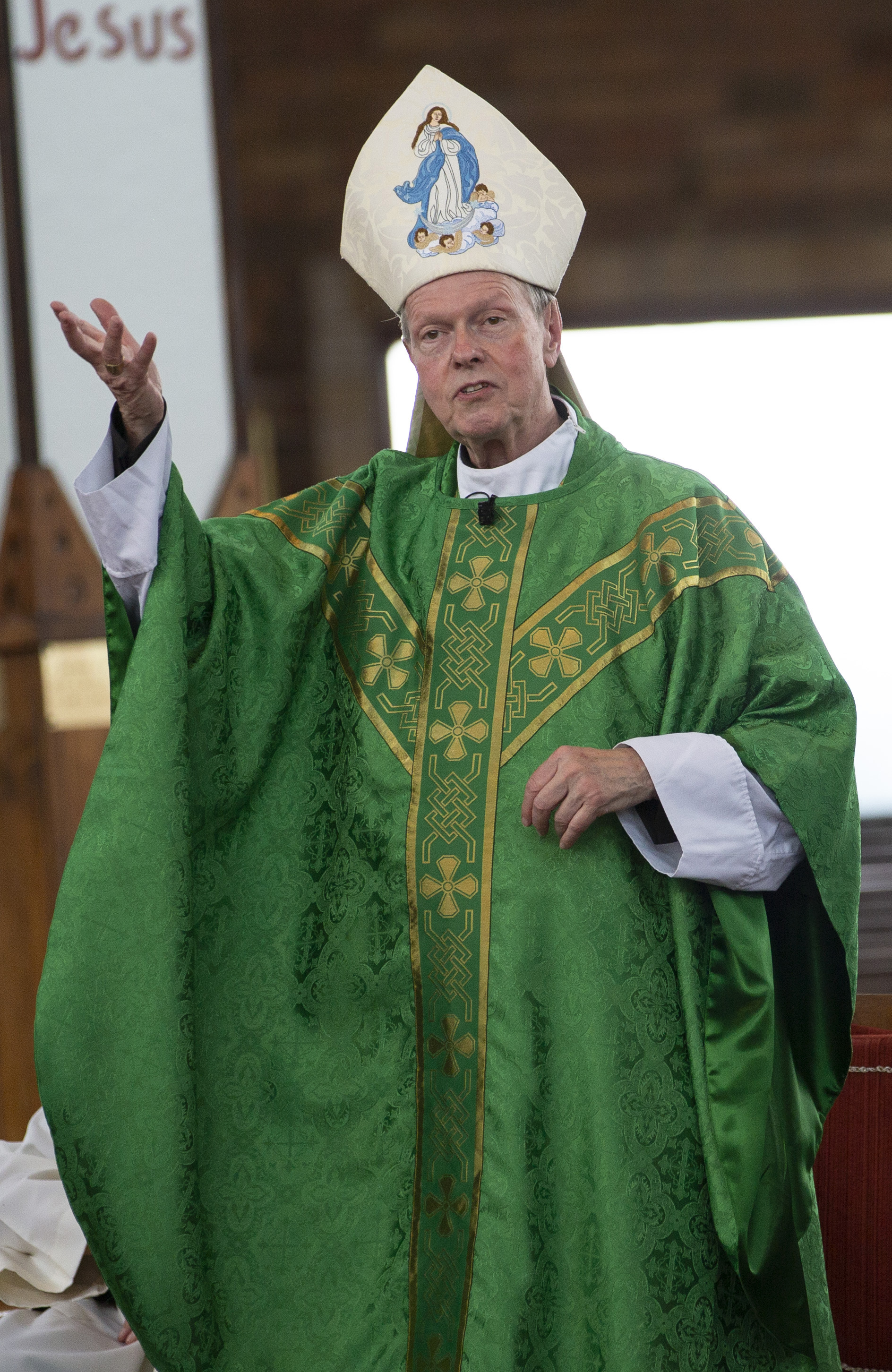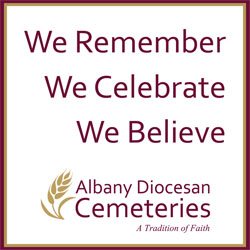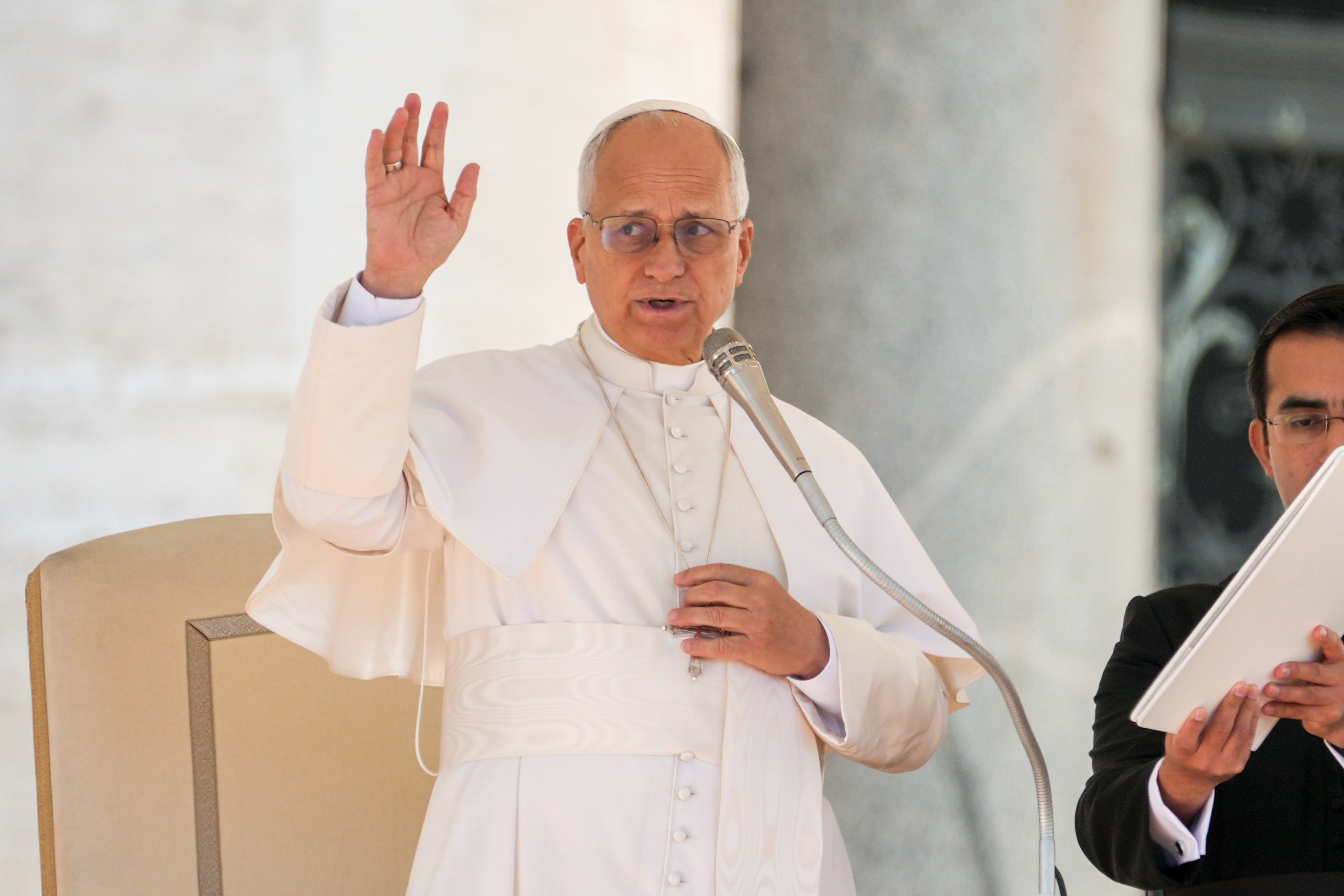April 6, 2018 at 1:53 p.m.
REFLECTION
Year of Mercy, Part I: Why have this jubilee?
We are now well in to the second month of this year of mercy, so it might be good to reflect a little and to review how the year is going. In this brief series, we'll explore three questions about this "extraordinary jubilee Year of Mercy" that can help us understand what the year is about and what we might do as an individuals, families, parishes or school communities:
• Why are we having this special year in the first place?
• What (or who) is mercy?
• How can we experience this wonderful gift of God's mercy, and how can we share it with others?
On March 13, 2015, Pope Francis announced that the Church would celebrate an extraordinary jubilee Year of Mercy, beginning Dec. 8, 2015, the feast of the Immaculate Conception of the Blessed Virgin Mary, and finishing Nov. 20, 2016, the feast of Christ the King.
The year is called "extraordinary" because holy years usually occur only every 25 years. The next one will be in 2025. Why did Pope Francis institute this special year? In his words, he wanted a time when "we are called to gaze even more attentively on mercy, so that we may become a more effective sign of the Father's action in our lives."
We can see this motive in the logo chosen for the special year: a picture of Jesus, who is the incarnation or personification of mercy -- and not with a lost sheep on His shoulders like the Good Shepherd, but with a lost person, a symbol all who have lost their way and who need God's mercy and love so very much.
If we look closely at the picture, we see that Jesus and the person are emerging out of darkness into light. Notice the words around the picture: "merciful like the Father." This is about Jesus, but also about us: We are to imitate the love and mercy that we have received.
Pope Francis did not dream up this idea out of the blue: in fact, many recent popes have spoken beautifully about both the need for us to experience mercy and the need to practice it. For example, Blessed Paul VI often spoke about the need for a "civilization of love."
The second encyclical letter of St. John Paul II on God the Father did not so much speak of Him as Creator (as we say in the creed); rather, the letter had the title "Rich in Mercy." Pope Emeritus Benedict XVI, in two encyclical letters, wrote about mercy being at the heart and expression of love: "Mercy is indeed the central nucleus of the Gospel message; it is the very name of God."
There are three "Rs" for this jubilee Year of Mercy: refreshing, refocusing and reliving.
We are invited to look with fresh eyes at mercy and its central importance in our lives, or, as Pope Francis puts it, to gaze on the wonder of God's mercy. (We will reflect further on what "mercy" means in the next installment in this series.)
By refreshing our understanding of mercy, we can then refocus our faith, values and actions, realizing that mercy is actually a definition of who God is and who we should be.
As Pope Francis wrote in his letter on "The Joy of the Gospel," "The Church must be a place for mercy freely given, where everyone can feel welcomed, loved, forgiven and encouraged to live the good life of the Gospel."
Finally, we can relive this wonderful gift we have received: We are not only to talk about mercy, or even to accept it; we are also to be merciful ourselves. As one of the Beatitudes says, "Blessed are the merciful, for they shall obtain mercy" (Matthew 5:7).
What special things can we expect during this Year of Mercy? Pope Francis has already opened the "holy door" at St. Peter's Basilica in Rome - the door being a rich symbol of the open door to God's love and mercy that all can walk through if they so choose.
However, Pope Francis wants this year to be celebrated everywhere. Every diocese is to have a similar holy door. For our Diocese, it is at the Cathedral of the Immaculate Conception in Albany.
There will also be special "missionaries of mercy," and all priests have been granted the faculty to grant absolution for what are called "reserved sins." During Lent, there will be a special day when the sacrament of reconciliation will be available for a full 24 hours, and there will be jubilee days throughout the year for various groups of people: young people, the newly confirmed, priests, catechists, the sick, prisoners and others.
Next week, we will look at what (or who!) mercy is. In the meantime, may this special jubilee year be a wonderful time for us to experience God's great mercy.
(Father Barratt is pastor of St. Ambrose parish in Latham. He holds a doctorate in theology and was a professor at St. John's Seminary in England before coming to the U.S. in 2004. For more details about the logo and about the Year of Mercy, see www.rcda.org/YearOfMercy.)[[In-content Ad]]
SOCIAL MEDIA
OSV NEWS
- Supreme Court declines Kim Davis case seeking to overturn same-sex marriage ruling
- ‘Do you love Jesus more than your political opinion?’: Bishop Tyson says the church faces a test
- Vatican says Swiss Guards investigating alleged antisemitic gesture
- Bishop: Survival of Christian communities in Nigeria depends on security, justice
- Pope asks for extra care when using AI in medicine
- Pope holds long meeting with Belgian abuse survivors
- Delegation of top prelates, lay activists gives Brazil church strong presence at COP30
- Pope offers prayers for the Philippines and for peacemakers
- Dig deep and work patiently to keep church on solid foundation, pope says
- Portland archbishop on ICE: Human dignity comes from God, not government








Comments:
You must login to comment.